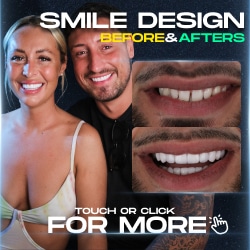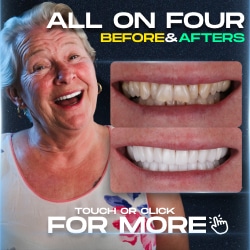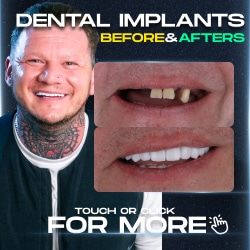What are Dental Veneers?
Dental veneers are thin, custom-made shells that are specifically designed to enhance the aesthetic appearance of teeth by covering their front surface. These veneers are commonly crafted using materials such as porcelain or composite resin and are permanently affixed to the teeth through a bonding process.
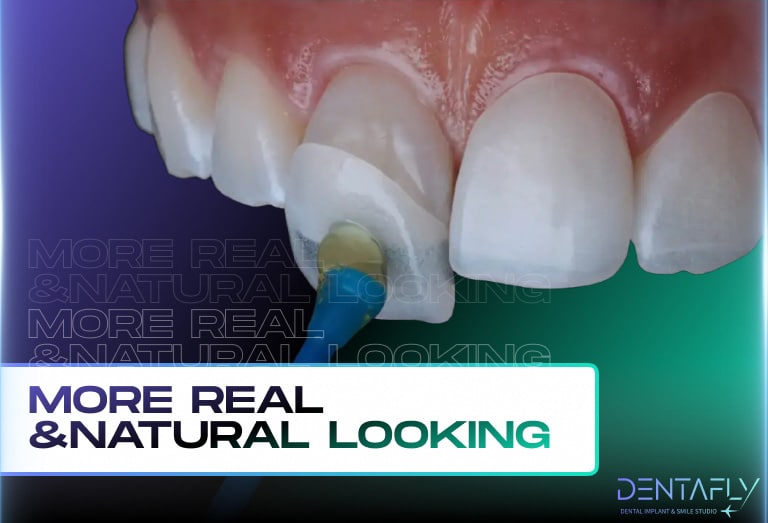
How does a dentist diagnose dental veneers?
The process by which a dentist diagnoses the need for dental veneers involves several steps to determine if veneers are the appropriate solution for improving a patient’s smile. Here’s how it typically goes:
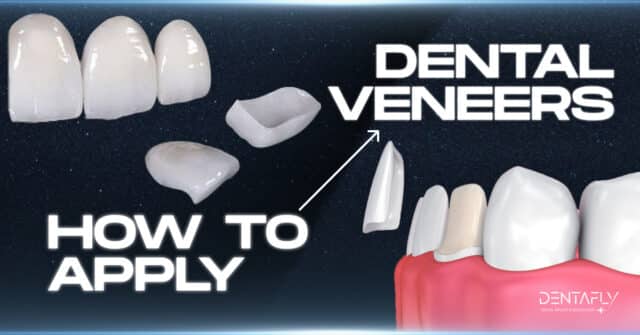
- Initial Consultation: This step includes a thorough discussion about the patient’s dental concerns and aesthetic goals. The dentist will ask about what aspects of their smile the patient wishes to improve and what their expectations are regarding the outcome.
- Oral Examination: The dentist conducts a comprehensive examination of the patient’s teeth, gums, and overall oral health. This is to ensure there are no underlying conditions that might affect the suitability of veneers, such as gum disease or severe tooth decay.
- Dental Imaging: X-rays and possibly 3D imaging are used to get a detailed view of the teeth’s structure and the underlying bone. This helps in assessing the health of the teeth and ensuring they can support veneers.
- Impressions and Modeling: The dentist may take impressions of the patient’s teeth. These impressions are used to create a precise model of the teeth, which is then used to design the veneers so that they fit perfectly.
- Aesthetic Evaluation: This involves evaluating the color, shape, and size of the teeth relative to the patient’s facial features and desired appearance. Sometimes, digital simulations are used to show how the veneers will look on the patient’s teeth.
- Treatment Planning: Based on the evaluation, the dentist will develop a treatment plan. This plan includes the details of the procedure, the number of veneers needed, and the type of veneers (porcelain or composite resin) that will best meet the patient’s needs.
- Discussion and Consent: Finally, the dentist will discuss the benefits, risks, costs, and alternatives of using veneers. Once the patient understands and agrees to the proposed treatment, consent is obtained to proceed.
Each of these steps ensures that the decision to use veneers is well-founded and tailored to the patient’s specific dental needs and cosmetic expectations.
Am I Suitable for Dental Veneers?
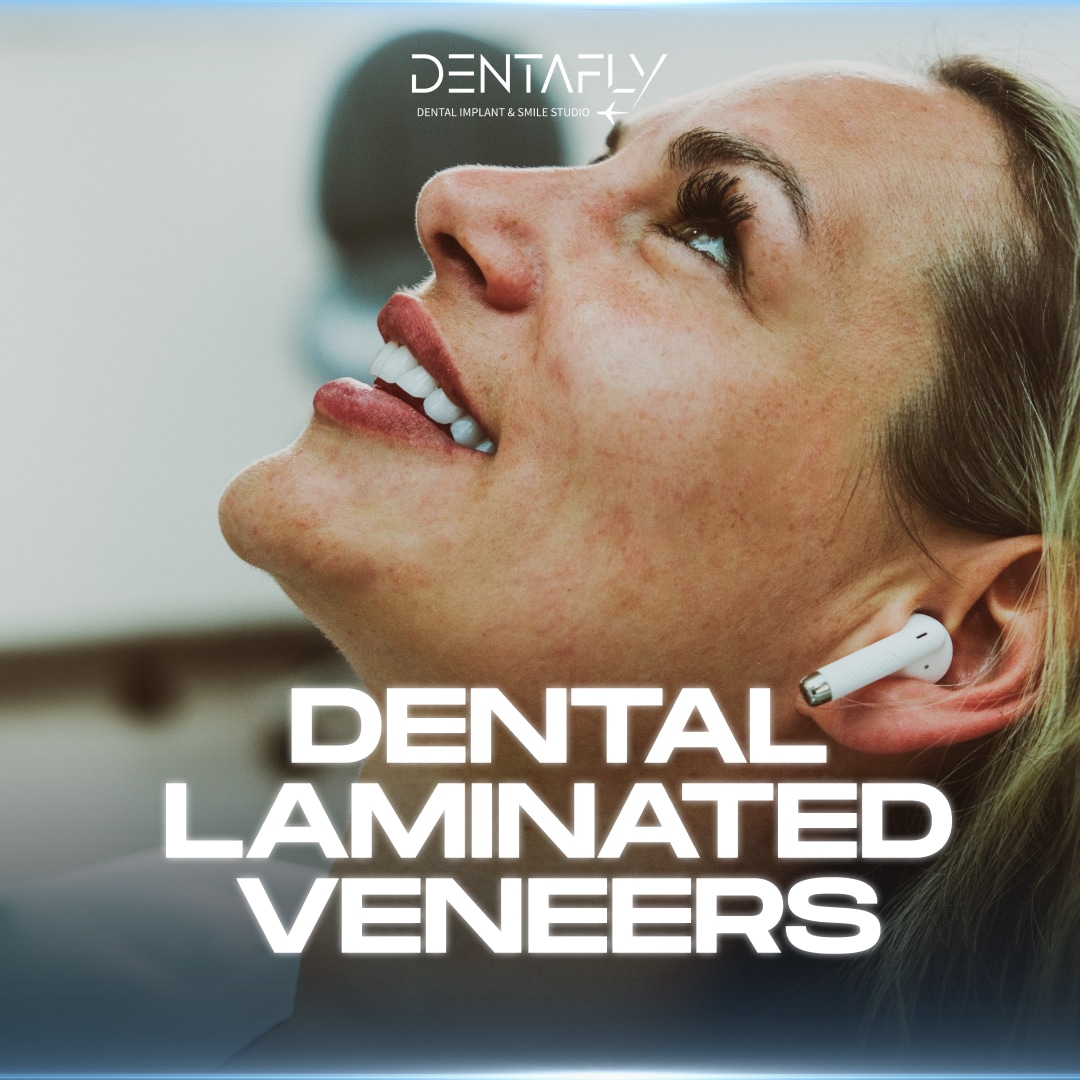
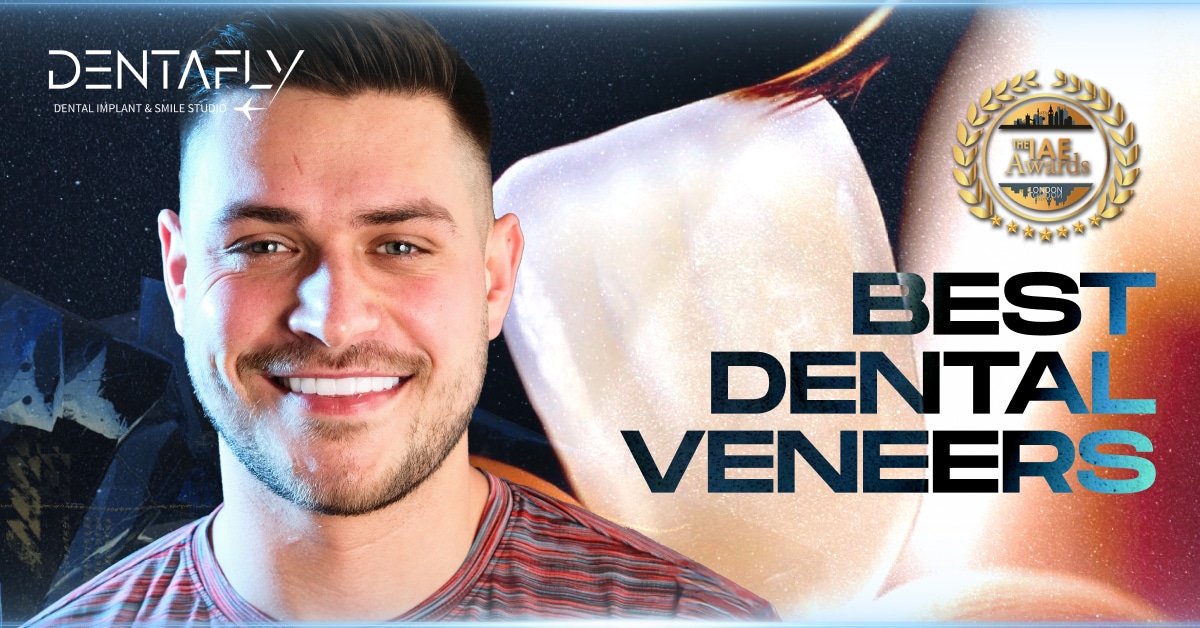

Dental Veneer Cases from 2024
What are the Types of Dental Veneers?
Dental veneers come in several types, each offering different benefits and considerations. Here are the most common types of dental veneers:
- Porcelain Veneers: These are the most popular type due to their strength, durability, and natural appearance. Porcelain veneers are custom-made to fit the tooth and can last for decades with proper care. They are stain-resistant and can be matched closely to the natural tooth color.
- Composite Resin Veneers: These veneers are made from a tooth-colored resin that is applied layer by layer to the tooth surface and then hardened with a special light. They are less expensive than porcelain veneers and usually can be fabricated and applied in a single visit. However, they are not as durable or long-lasting as porcelain and are more susceptible to staining.
- Lumineers: A brand of porcelain veneers, Lumineers are very thin and require minimal to no tooth surface removal before application. They are reversible, but because of their thinness, they may not completely mask highly discolored teeth.
- Zirconia Veneers: Known for their exceptional strength and durability, zirconia veneers are a good choice for teeth that require more structural support, such as molars, or for patients who have issues with teeth grinding. They are also highly biocompatible.
- Removable Veneers (Snap-On Veneers): These are custom-made shells that can be snapped over the natural teeth as needed. They are less expensive and non-invasive compared to permanent veneers. However, they are generally used for cosmetic purposes only and may not offer the same fit and finish as permanent veneers.
- Palatal Veneers: Usually made from gold, composite, or porcelain, palatal veneers are used on the upper teeth’s palate side to manage issues such as tooth wear due to grinding (bruxism) or to correct the appearance of the back side of the teeth.
Dental veneers; It is evaluated in three main categories according to the application technique, material or preparation process.
- Material
Porcelain Veneers: Renowned for their strength and life-like appearance, these veneers are resistant to stains and can emulate the reflective properties of natural teeth.
Composite Resin Veneers: Composed of a tooth-colored resin, these veneers are simpler to apply and require less removal of tooth enamel compared to porcelain options. They are more economical but offer reduced durability and stain resistance.
Zirconia Veneers: Notably robust and particularly suited for teeth requiring additional structural support. These veneers are highly resistant to wear and chipping. - Method of Application
-Direct Veneers: Generally made from composite resin, these veneers are sculpted directly onto the patient’s teeth during a single dental visit.
– Indirect Veneers: Fabricated in a dental laboratory from materials such as porcelain or zirconia, these veneers necessitate at least two dental visits: one for dental impressions and another for the application of the veneers. - Preparation Required
– Traditional Veneers: These typically require the removal of a portion of tooth enamel to ensure a seamless fit of the veneer along the natural tooth line.
– No-prep Veneers: Examples include Lumineers; these veneers demand minimal to no removal of tooth surface, rendering the process less invasive.
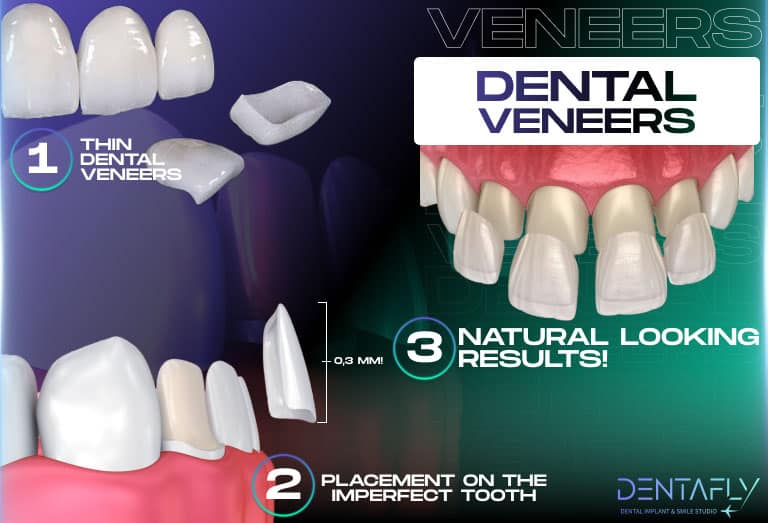
Dental Veneers Procedure in United Kingdom
The dental veneers procedure in the United Kingdom involves several key steps. Here’s a detailed overview about teeth veneers procedure:
Consultation and Diagnosis Process
1. Initial Consultation: The process begins with a consultation with a dentist or cosmetic dentist. During this visit, you discuss your goals, and the dentist examines your teeth to determine if veneers are suitable for you.
2. Diagnosis and Treatment Planning: The dentist may take X-rays and impressions of your teeth and mouth to create a treatment plan. This plan includes the number of veneers needed, the type of veneers (porcelain or composite resin), and any other dental work required before placing the veneers.
Preparation
1. Tooth Preparation: To prepare your teeth for veneers, the dentist removes a small amount of enamel from the tooth surface. This makes room for the veneer and ensures a natural look and comfortable fit.
2. Impressions: After the teeth are prepared, the dentist takes an impression of your teeth. This mold is sent to a dental laboratory where the custom veneers are fabricated. This process can take a couple of weeks.
Temporary Veneers Stage (if needed)
Temporary Veneers: Sometimes, temporary veneers are placed on the teeth to protect them while the permanent veneers are being made. This stage is preferred by clinics that are called manual production and do not provide support for digital dentistry. These are usually made of a less durable material and are only worn for a short period.
Bonding
1. Fitting and Adjusting: When the custom veneers are ready, you return to the dentist. The dentist will place the veneers on your teeth to check the fit and color. Adjustments can be made at this stage to ensure the best appearance.
2. Cleaning and Etching: Your teeth will be cleaned, polished, and etched. Etching roughens the tooth surface, allowing for a stronger bonding process.
3. Bonding: A special adhesive is applied to the veneer, which is then placed on your tooth. A curing light is used to harden the adhesive, securing the veneer to your tooth permanently.
Working with a dentist specialized in cosmetic dentistry during the bonding phase often makes it easier to carry out detailed studies suitable for the gums and face type.
Final Adjustments
– Final Adjustments: After the veneers are bonded, the dentist will make any final adjustments to ensure a perfect fit. You may need a follow-up visit to check the veneers and your bite.
Post-Procedure Care
– Maintenance: Dental veneers require regular dental care just like natural teeth. This includes brushing, flossing, and regular dental check-ups. Avoiding excessive force (such as biting on hard objects) and staining agents (like coffee and tobacco) helps maintain their appearance and longevity.
Costs
– Costs: The cost of veneers in the UK can vary significantly based on factors like the number of veneers, the type of material used, and the dentist’s expertise. On average, porcelain veneers can cost between £400 and £1,000 per tooth, while composite veneers are generally less expensive, ranging from £200 to £500 per tooth.
Benefits and Considerations
– Benefits: Veneers can improve the appearance of teeth that are discolored, worn down, chipped, misaligned, or have gaps. They provide a natural tooth appearance and can last many years with proper care.
– Considerations: Veneers are an irreversible procedure since part of the enamel is removed. They also require good oral hygiene and may need to be replaced after several years.
Consult with a qualified dental professional to determine the best approach for your specific dental needs and to get a personalized treatment plan.
Why is abroad preferred for dental veneers treatments in the United Kingdom?
People living in the UK often prefer to go abroad for dental veneers due to a variety of compelling reasons, including cost, quality, availability, and the overall patient experience. One of the primary motivations is cost savings, as dental procedures, including veneers, are typically much cheaper in countries like Turkey, Hungary, or Thailand compared to the UK. The cost difference can be substantial, often making it more affordable to travel abroad for treatment. Additionally, many foreign clinics offer all-inclusive packages that cover the treatment, accommodation, airport transfers, and sometimes even meals, significantly lowering the overall expense compared to undergoing treatment in the UK.
The quality of care provided abroad is another key factor. Clinics in popular medical tourism destinations often invest in the latest dental technology and equipment, providing advanced treatments that are on par with, or even exceed, those available in the UK. Many dentists in these countries have international training and certifications, and they are experienced in treating international patients while maintaining high standards of care.
Patients also benefit from shorter waiting times when seeking treatment abroad. In the UK, long waiting times due to high demand and limited availability of dental services can be frustrating. In contrast, clinics abroad often have more flexible schedules and can offer quicker appointments. Medical tourism destinations streamline their processes to cater to international patients efficiently, reducing the overall time spent on treatment.
Comprehensive services and packages offered by foreign clinics add to the convenience. These clinics frequently provide packages that include the entire treatment process, accommodation, transportation, and sometimes leisure activities, making the experience hassle-free. Traveling for dental treatment can also be combined with a holiday, allowing patients to recover while enjoying a vacation, thus making the experience more pleasant and memorable.
Personalized care is another significant advantage. Clinics abroad often emphasize a patient-centered approach, providing a comfortable and supportive environment for international patients. They may offer more one-on-one time with patients compared to busy practices in the UK. Many clinics also provide remote follow-up consultations and detailed aftercare plans to ensure patients maintain their results once they return home.
Privacy and discretion are important considerations for many patients. Traveling abroad for dental treatment offers a level of anonymity that some patients prefer, particularly those undergoing cosmetic procedures who might not want to disclose their treatment to others.
Accreditation and reputation of foreign clinics also play a crucial role. Many dental clinics in popular destinations have international accreditations and adhere to global standards, providing reassurance of their quality. Positive testimonials from satisfied patients further enhance the reputation of these clinics, encouraging others to seek similar treatment abroad.
Overall, the combination of cost savings, high-quality care, shorter waiting times, and comprehensive service packages makes traveling abroad for dental veneers an attractive option for many people living in the UK. The added benefits of privacy, personalized care, and the potential to combine treatment with a holiday further enhance the appeal of seeking dental procedures outside the UK.


